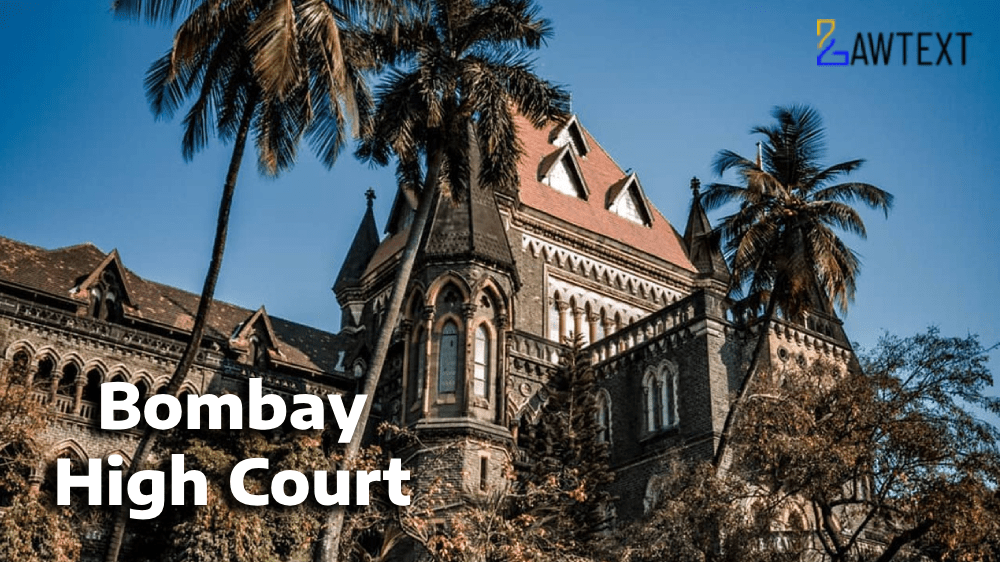

The petitioner sought relief from the Bombay High Court, Aurangabad Bench, to direct the Election Commission to remove duplicate names in the voters' list of the Muktainagar Legislative Assembly Constituency. The Court upheld that objections regarding voter duplication must follow the prescribed legal forms (Form 7). The petition was dismissed as the petitioner failed to file objections in the correct format and had bypassed the statutory appellate remedy.
Relief Sought (Para 2-3): The petitioner, a Member of the Legislative Assembly, requested the Court to direct election authorities to identify and remove duplicate voters from the list ahead of the 2024 elections. He argued that the presence of over 43,000 duplicate names would jeopardize fair elections.
Response from Election Authorities (Para 4): The respondents contended that the petitioner failed to file objections in the requisite Form 7 for individual entries, and bulk objections were not permissible as per the law. The Election Commission had followed the statutory procedure and provided avenues for rectifying duplicates.
Objections Raised by Petitioner (Para 5-6): The petitioner argued that the Election Commission should have taken suo moto action to remove duplicate names and claimed that the procedural insistence on Form 7 was overly rigid and impractical given the scale of the problem.
Court’s Legal Analysis (Para 9-14): The Court emphasized that Rule 13 and Rule 17 of the Registration of Electors Rules, 1960, mandate objections in Form 7. Furthermore, no suo moto deletion of names can be done in an election year without following due process (Rule 21A). The Court also highlighted that the petitioner did not exhaust his appellate remedy before approaching the High Court.
Conclusion and Dismissal (Para 15-17): The Court acknowledged the petitioner's concerns about duplicate names but noted that the Election Commission adhered to its legal duties. As the petitioner bypassed statutory procedures and failed to file proper objections, the Court dismissed the writ petition.
The High Court's ratio is that electoral roll disputes must adhere to the statutory forms and procedures as prescribed under the Registration of Electors Rules. Objections to voter duplication must be submitted individually in Form 7, and any failure to do so cannot be excused by practical difficulties. Additionally, when statutory remedies are available, bypassing them and seeking relief under writ jurisdiction is impermissible.
Electoral Roll, Duplicate Voters, Election Commission, Writ Jurisdiction, Rule 13, Rule 17, Form 7
Citation: 2024 LawText (BOM) (10) 180
Case Number: WRIT PETITION NO.11123 OF 2024
Date of Decision: 2024-10-18
Case Title: Chandrakant s/o Nimba Patil Versus The State Election Commission & Anr.
Before Judge: SMT. VIBHA KANKANWADI & S. G. CHAPALGAONKAR, JJ.
Advocate(s): Mr. Rajendra Deshmukh, Senior Counsel i/b Mr. Amol R. Joshi, Advocate for the Petitioner. Mr. A. B. Kadethankar, Advocate for Respondent No.1. Mr. V. D. Sapkal, Senior Counsel i/b Mr. Alok Sharma, Advocate for Respondent Nos.2 to 5.
Appellant: Chandrakant s/o Nimba Patil
Respondent: The State Election Commission & Anr.